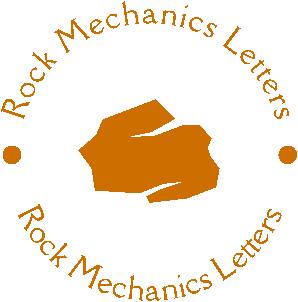Open Access
Research Article
by
Blessing Olamide Taiwo
, Yewuhalashet Fissha
, Esma Kahraman
, Hawraa H. Abbas
, Victor Afolabi Jebutu
, Adams Abiodun Akinlabi
, Shahab Hosseini
and
Ahsan Rabbani
RML 2025 2(2):14; 10.70425/rml.202502.14 - 17 June 2025
Abstract
The utilization of blasting has been prevalent in mining and civil engineering domains due to its cost-effectiveness and affordability as a method for fracturing rock. The achievement of an ideal blast results in the most effective fragmentation while ensuring safety, cost-effectiveness, and environmental sustainability. In developing blast efficiency model, this study consider
[...] Read more
The utilization of blasting has been prevalent in mining and civil engineering domains due to its cost-effectiveness and affordability as a method for fracturing rock. The achievement of an ideal blast results in the most effective fragmentation while ensuring safety, cost-effectiveness, and environmental sustainability. In developing blast efficiency model, this study considered uniaxial compressive strength (UCS), spacing, hole depth, stemming length, point load index, powder factor, charge weight and burden. The model was trained by artificial neural network (ANN) and linear multivariate regression (LMVR) using 85 production datasets. After training four-layer ANN architecture 8-4-1 was found to be optimum. The prediction accurateness of two developed models was analysed using mean square error (MSE), performance index (PI), variance accounted for (VAF), root mean square error (RMSE), and co-efficient of determination (R2). The obtained values of performance parameters reveals ANN model to be more accurate as compared to the LMVR model. The ANN and LMVR model have R2 value of 90.9% and 56.3%. The optimized model was employed to achieve the optimal blast design for high strength granite to enhance blast efficiency. The test data result was utilized to optimize the blast parameters, including spacing, stemming length, burden, charge length, and charge. The values chosen for these parameters were 1.8 m, 1.8 m, 1.5 m, 157.17 kg, and 1.35 kg/m3, respectively, based on the optimum model.
Show Figures

